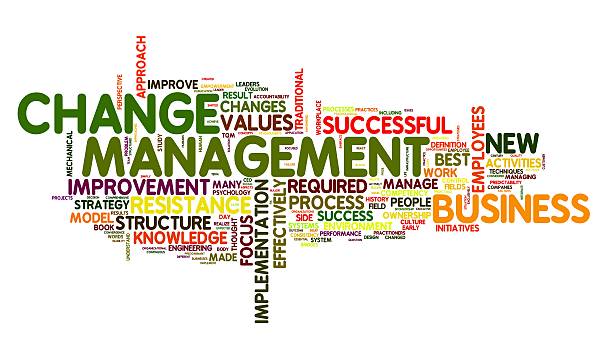Gina Temple: How to Bring About Organizational Change
Organizational change management, otherwise referred to as OCM, is a structured process, as well as a set of tools for managing the people side of change. According to Gina Temple, OCM zeroes in on how employees could react to the project so you can establish steps in place to minimize the resistance to change. A good OCM plan can lead to a successful change instead of failing to get it off the ground.
Another problem OCM leaders have to solve is how to ensure support from executives and all the changing sponsorships. Since a lot of executives understand the need for change, they can see the business benefits of adopting brand-new processes and enterprise software.
However, a lot of executives are not always clear on the specific role they should play in the change that will be happening. At the same time, they may underestimate the time, money, and other resources required to implement the change. Because of this, wires may inevitably get crossed, and expectations may be left unfulfilled.
During this time, employees are also watching closely and quietly. If leaders at the organization are not championing the change, the common question of employees becomes, “Why should we?”
Gina Temple notes that users need continuous support whenever they learn a new system. This support should come down from the top. If employees do not feel supported, it may once again lead to goals being unmet. From the beginning, project sponsors and stakeholders should understand the change and embrace it. Executives, at this point, should be some of the most active and visible change advocates.
On a similar note, another part of OCM planning is making sure communication lines are efficient. It is important to develop a sound strategy for change management communication.
Simply sending out an email blast each time there’s an update might not be the best approach, says Gina Temple. It is important to think about how each of the user groups should receive messages. After that, consider who should deliver those messages.
It is also wise to consider that in a majority of cases, employees want to hear business-level change updates from their top-tier leaders. When it comes to more personal change information, such as how the change will affect their job, employees want to get insights from their direct supervisor.
According to Gina Temple, communications cannot be tailored to each person. That said, employees can be grouped into categories. Think about which teams will respond best to conference room meetings, as well as which ones need one-on-one conversations.
Gina Temple has served in the healthcare community for over 30 years with experiences ranging from for-profit to not-for-profit organizations, unionized to non-unionized facilities and acute care settings to outpatient centers. Read similar articles on healthcare and leadership from Gina Temple by clicking here.

Leave a Reply